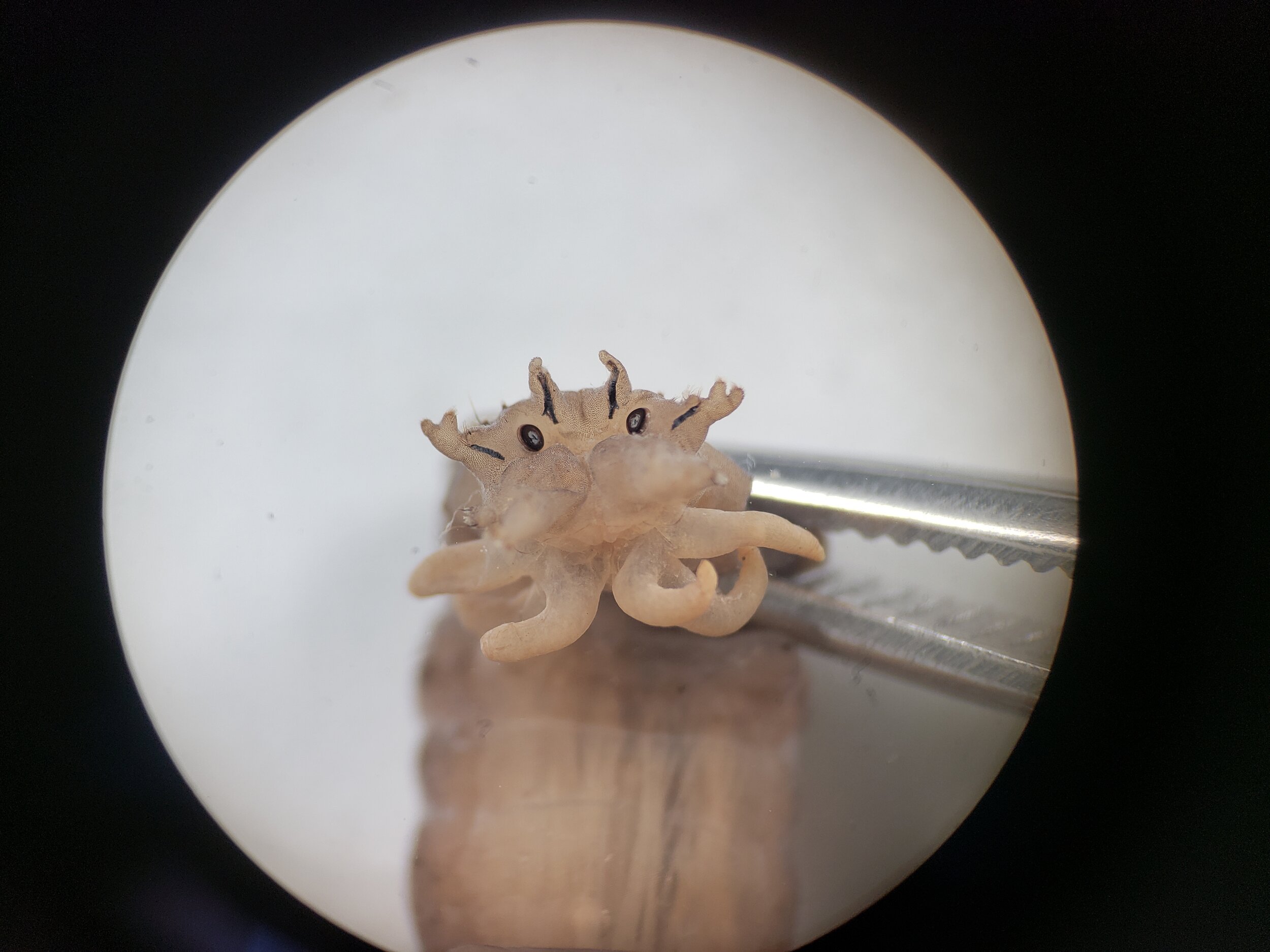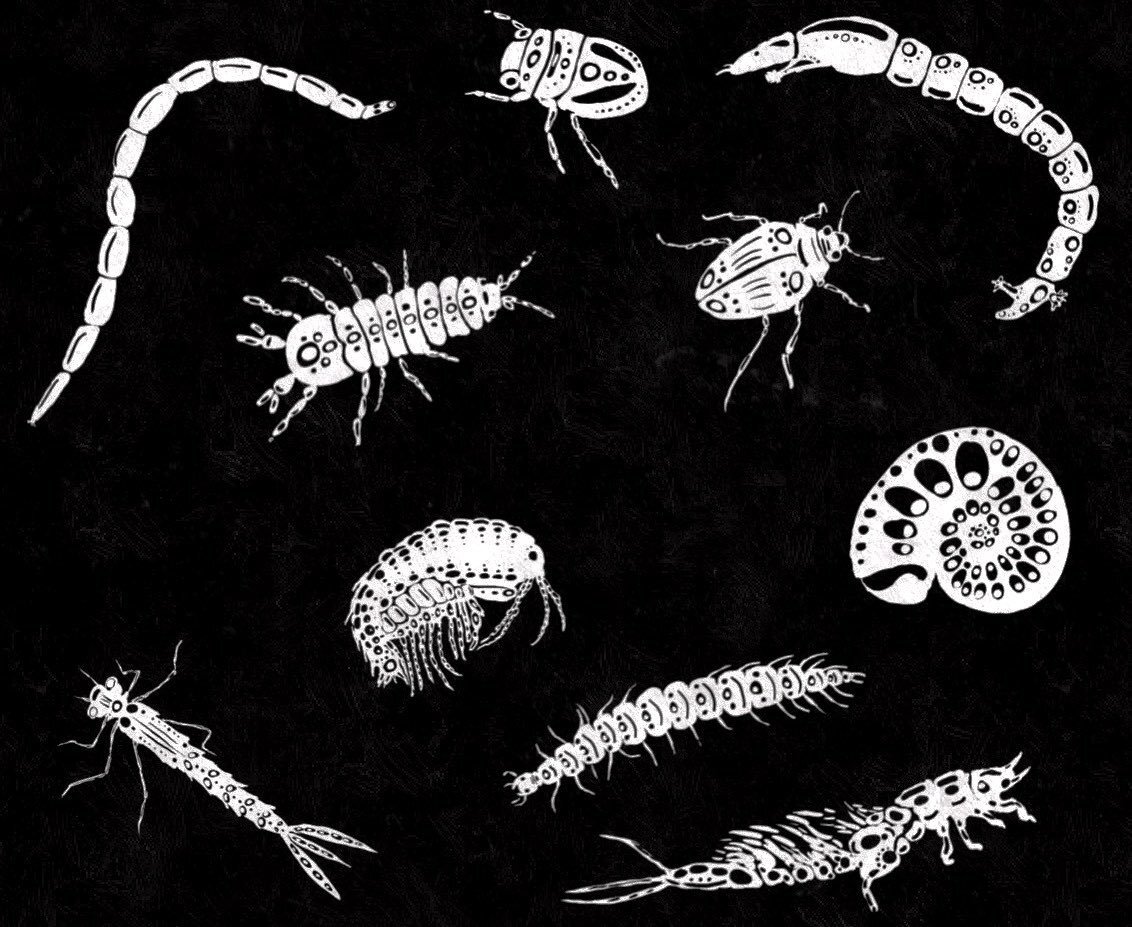
HHL is going to IAGLR 2024
The International Association for Great Lakes Research is holding its 67th annual conference from May 20th – 24th in Windsor, Ontario. Centering around a theme of Shared Lakes: One Water, One Health, hundreds of researchers will come together to share their discoveries in the fields of environmental sciences, public health, community engagement, science communication, and much more! Healthy Headwaters Lab Director Dr. Catherine Febria is one of the program co-chairs for IAGLR 2024.

HHL Loves Benthic Invertebrates!
Much of the research in HHL explores the community of bottom-dwelling animals known as benthic macroinvertebrates, which often includes mussels. As a community, benthic invertebrates can holistically capture the health status of a freshwater ecosystem based on who is there, and where we find them. Let’s take a closer look at one of member of the community, the Hepta-genius Heptageniidae!

Streams of the Anthropocene
Shayenna Nolan compares three biomonitoring techniques to detect human impact in Windsor-Essex streams.

What is Stream Ecology?
Stream ecologists study streams from multiple dimensions, investigating physical, chemical, and biological processes.

Stream Habitats: Riffles, Pools, and Runs
Let’s break down the sections of a stream. In the Riffle-Pool-Run sequence, each habitat has unique properties that allow for a diversity of organisms to exist and thrive.

Why are EPT taxa so important?
When it comes to biomonitoring, there are three orders of insects that are especially useful – Ephemeroptera, Plecoptera, and Trichoptera, or EPT.

Invert Tuesdays: Bloodworms
These non-biting midges, sometimes called bloodworms, can be an eye-catching red or even pink colour. They have a high hemoglobin-like substance that allows them to survive in low oxygen environments.

Invert Tuesdays: Tipulidae
This leathery skinned animal may look like it’s staring at you, but the head is actually on the other end!

Invert Tuesdays 004: A Simuliidae Moustache you MUST see!
Today we will take a look at a type of Dipteran (the True Flies) that some of us may know quite well. You are probably more familiar with their adult life stage, but in their larvae stage they have a bizarre moustache-like structure!

One of the most useful tools in Stream Ecology
In the Healthy Headwaters Lab, we study freshwater ecosystems with the goals of restoration and rehabilitation in mind. One of the most valuable and widely used methods to study streams is biomonitoring using benthic invertebrates.
